Marcela has been away from her home in Guatemala for 15 years, building a career as an illustrator. With stops all over the world, from London to Canada to Mexico to New York to Barcelona, her latest address seems quite permanent. She lives with Miquel Polidano, a Barcelona-based graphic designer and editor, and home is wherever they both hang Marcela’s collection of wide-brimmed straw hats.
They are not only very married. They are ridiculously in love, too. To the point of being slightly gross about it, but then they’re so damn charming you really don’t mind.
Spending an afternoon with them is the closest I’ve ever been to the circus inside a rented apartment. They are constantly doing wardrobe changes, performing ice-skating stunts and do show-and-telling of page after sketch after book of all their fantastic work. They also constantly breaking things without meaning to, cooking fancy-healthy meals, making furniture out of marble salvaged from the street. Plus, they have come out in a 12-page spread of Hello Magazine. The only thing missing is an elephant.
This story is featured in our second book, Freunde von Freunden: Friends, order within Germany here, or find the book internationally at selected retailers.
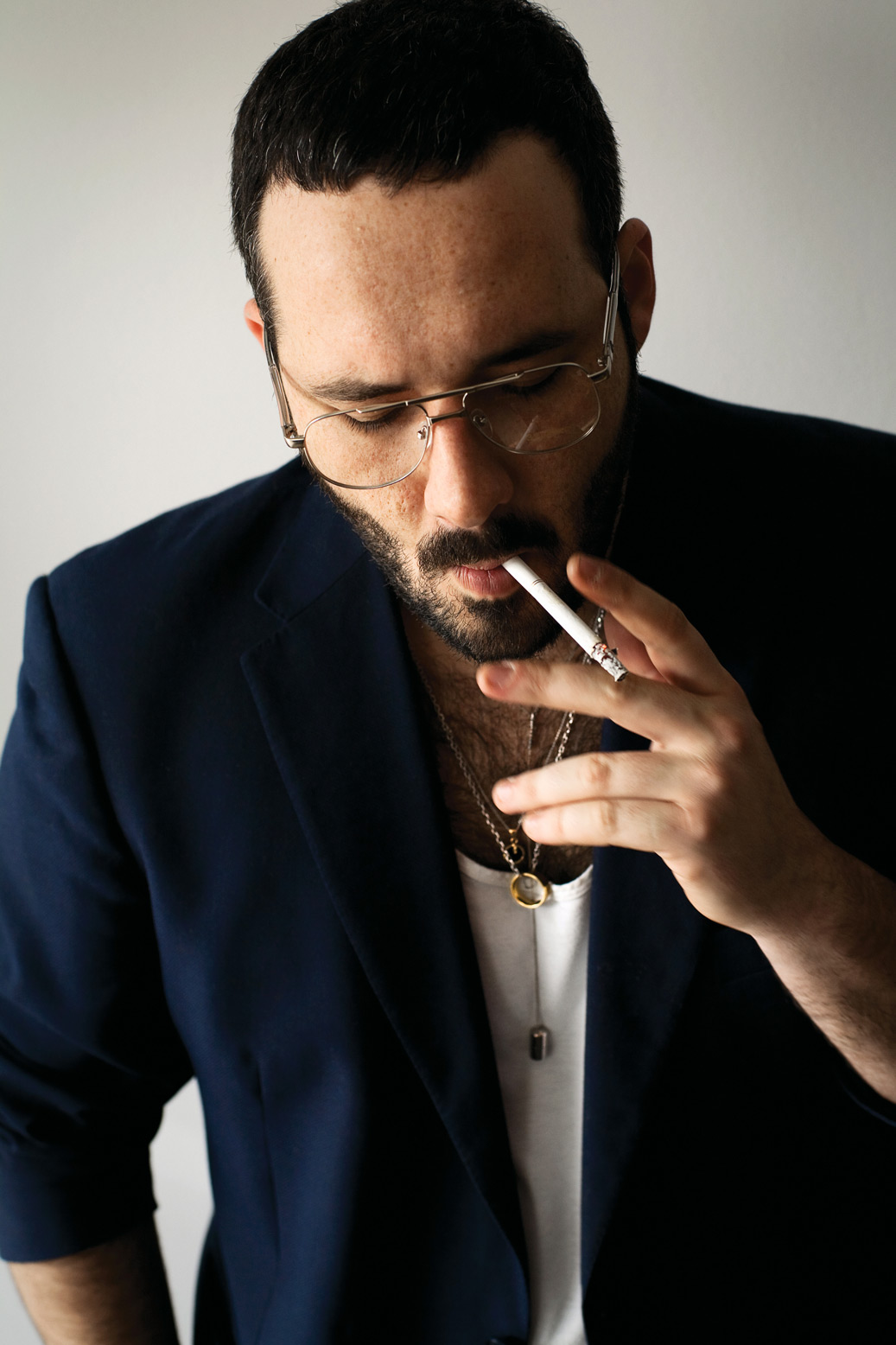
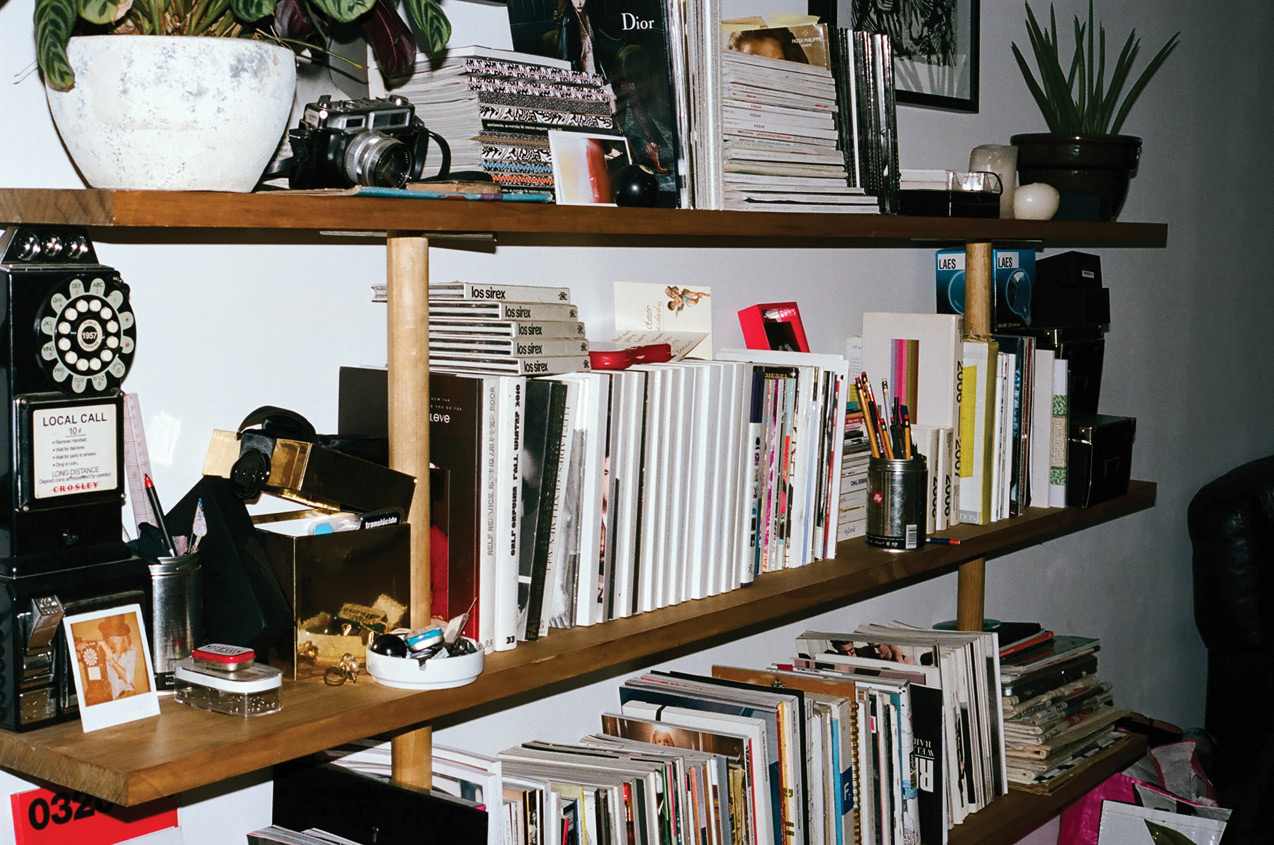
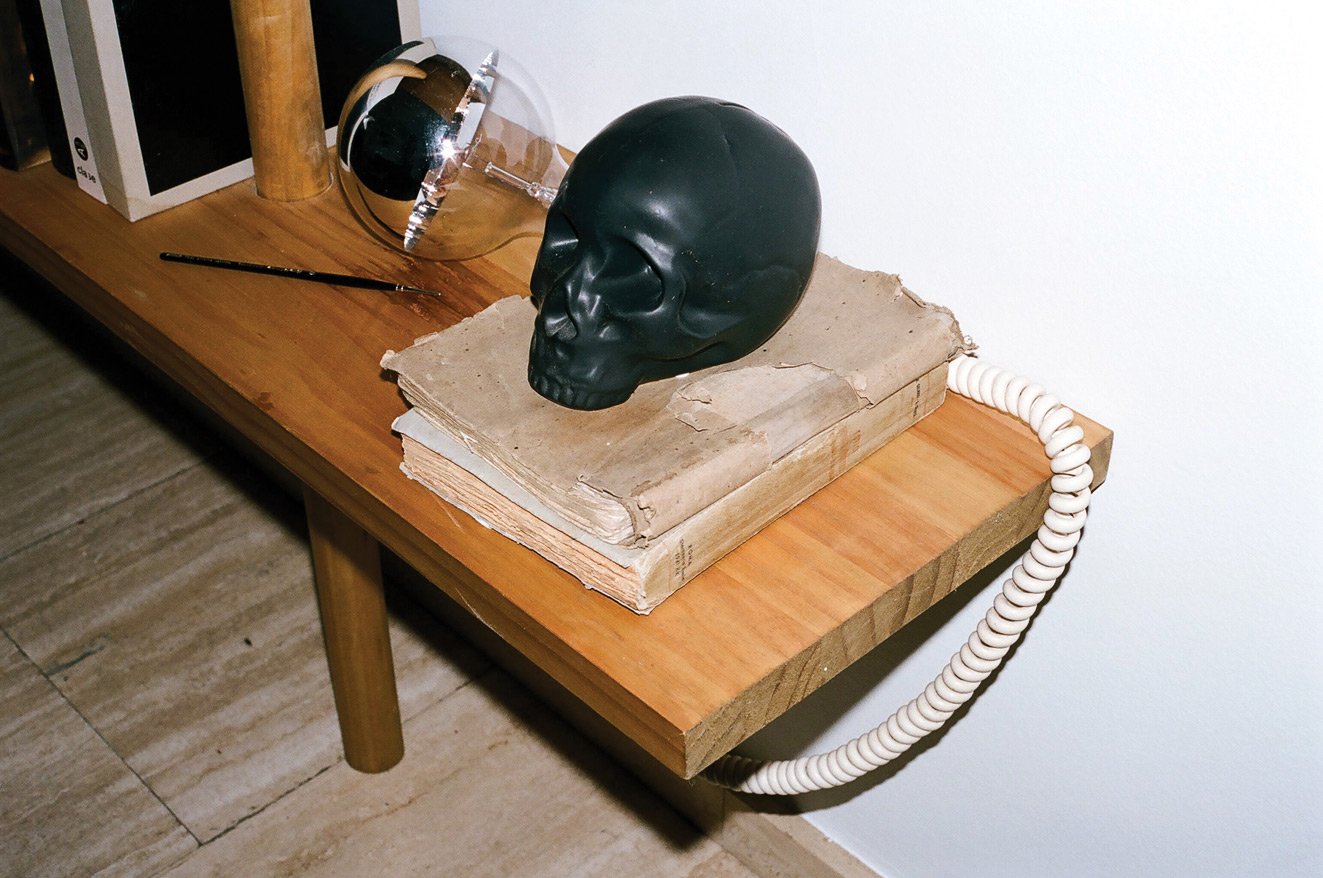
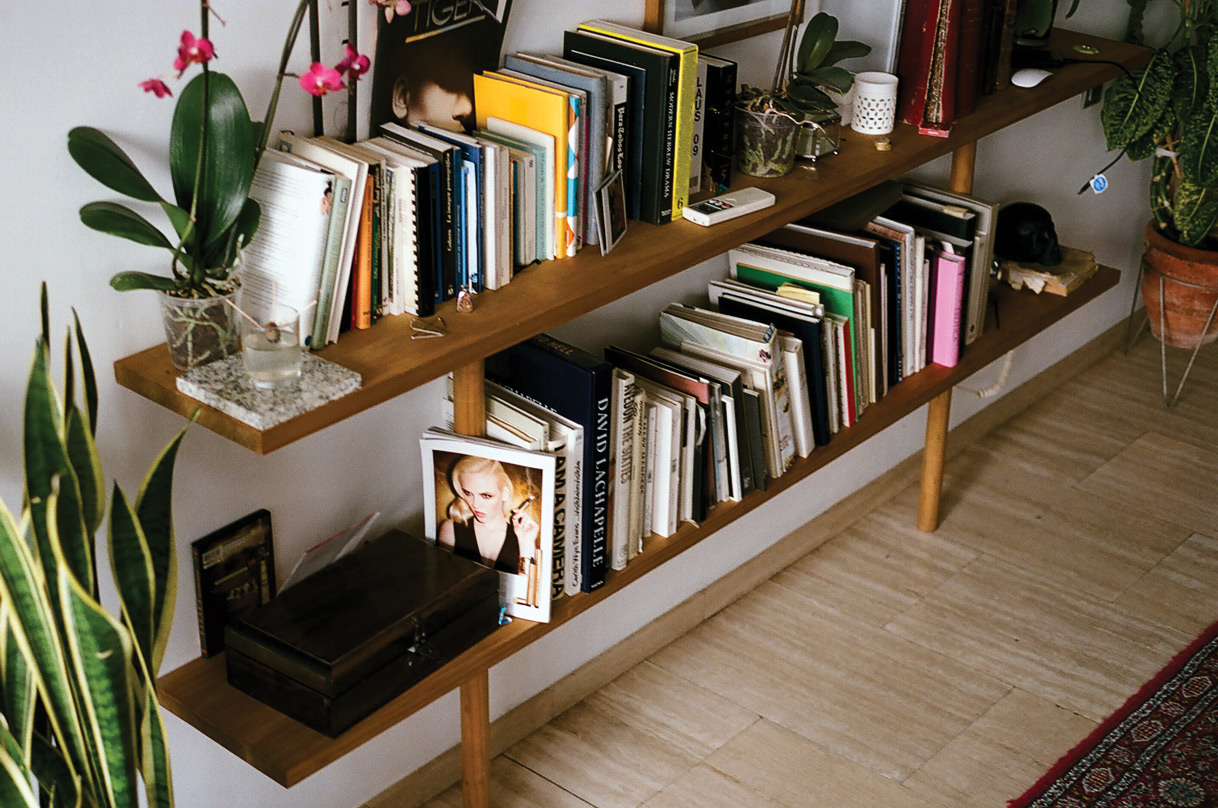
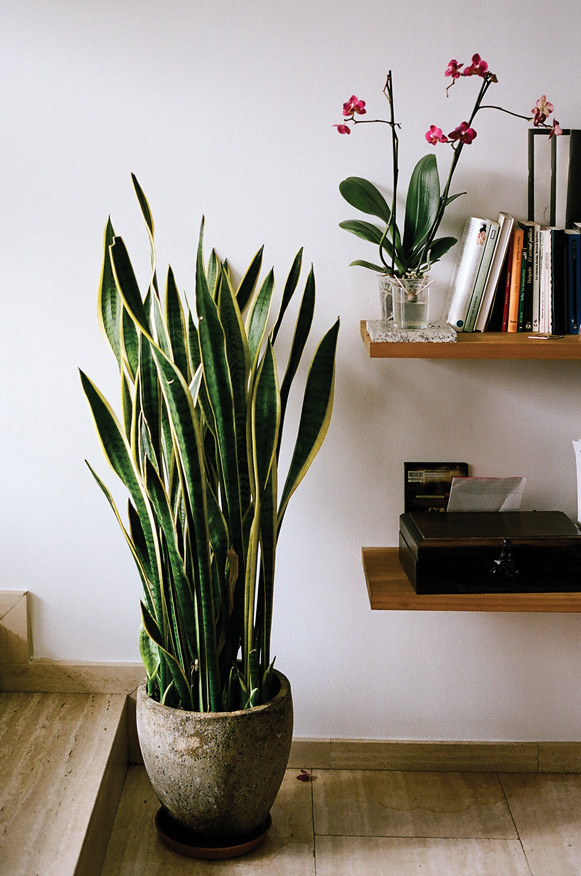
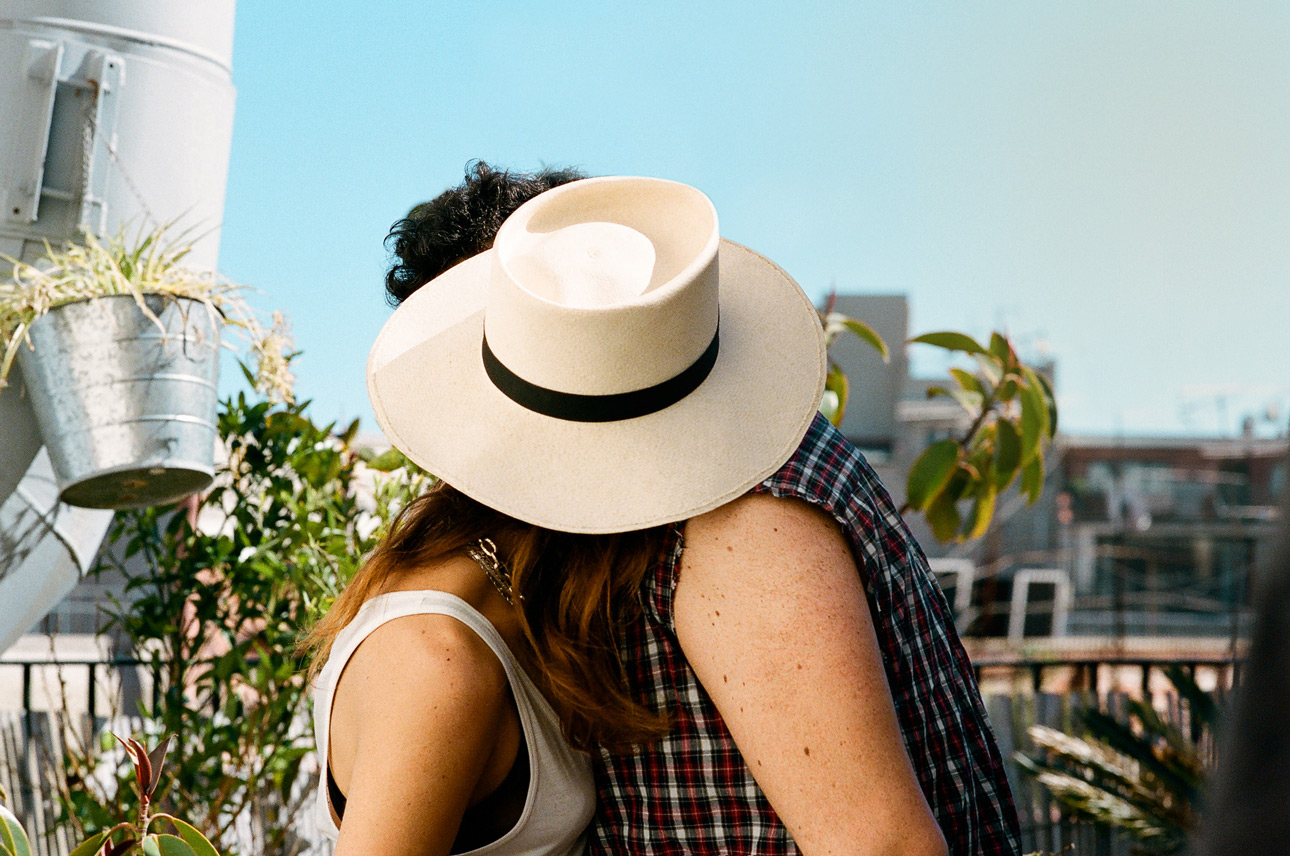
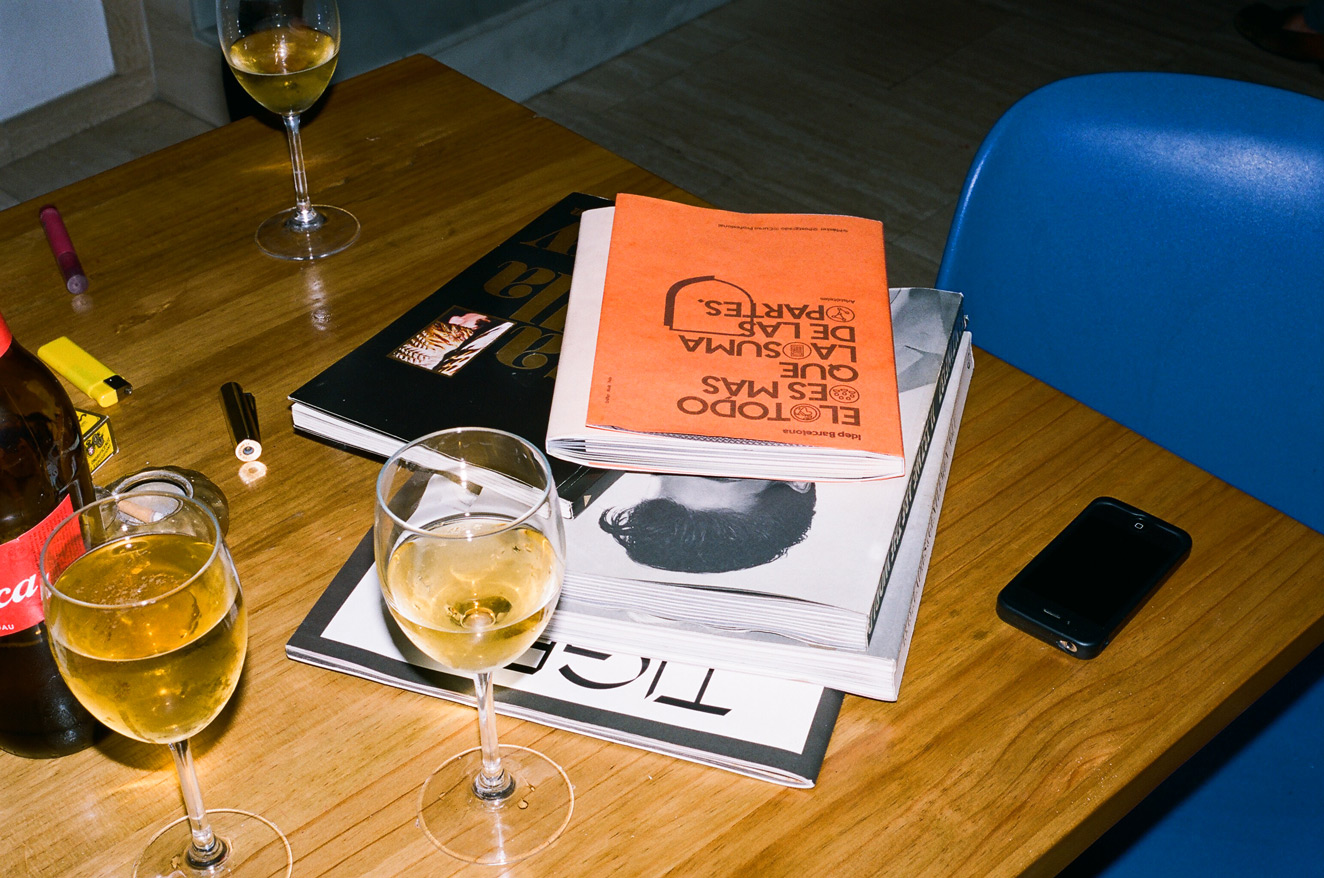
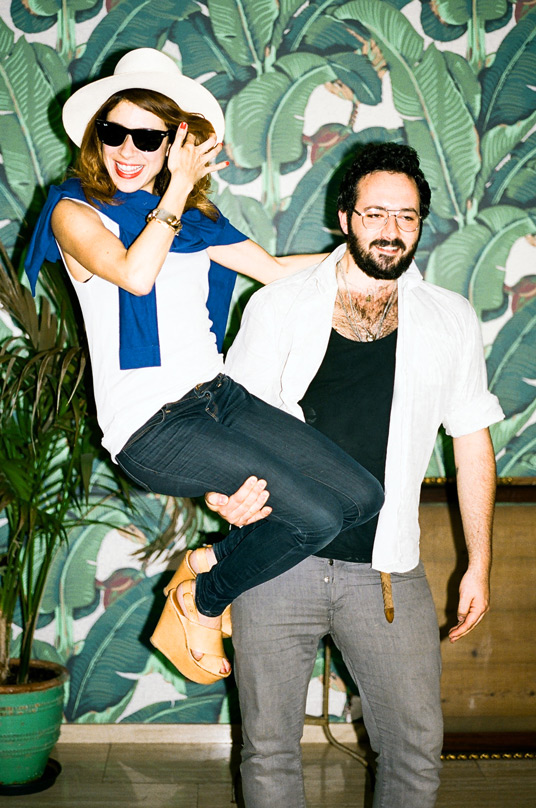
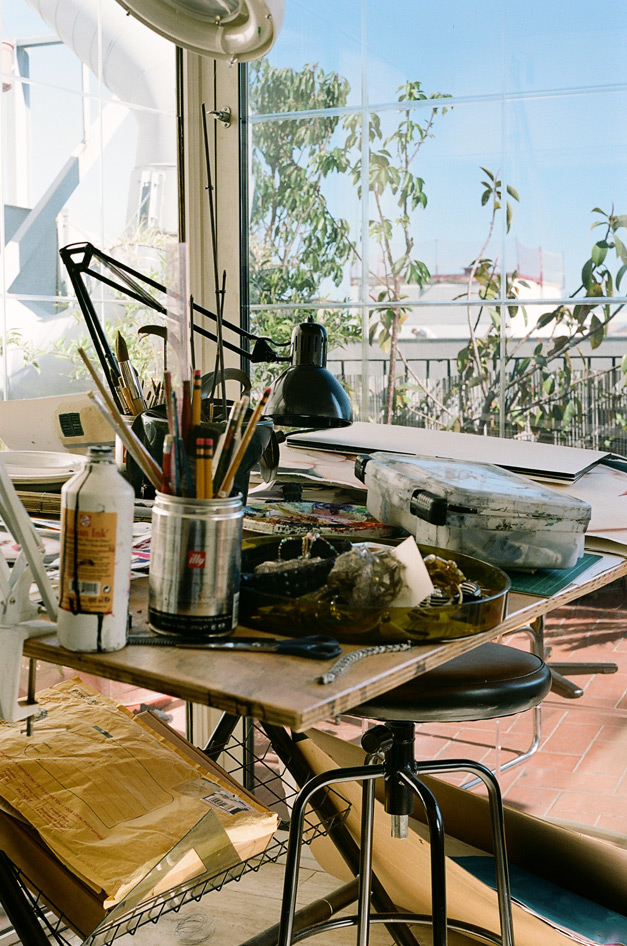
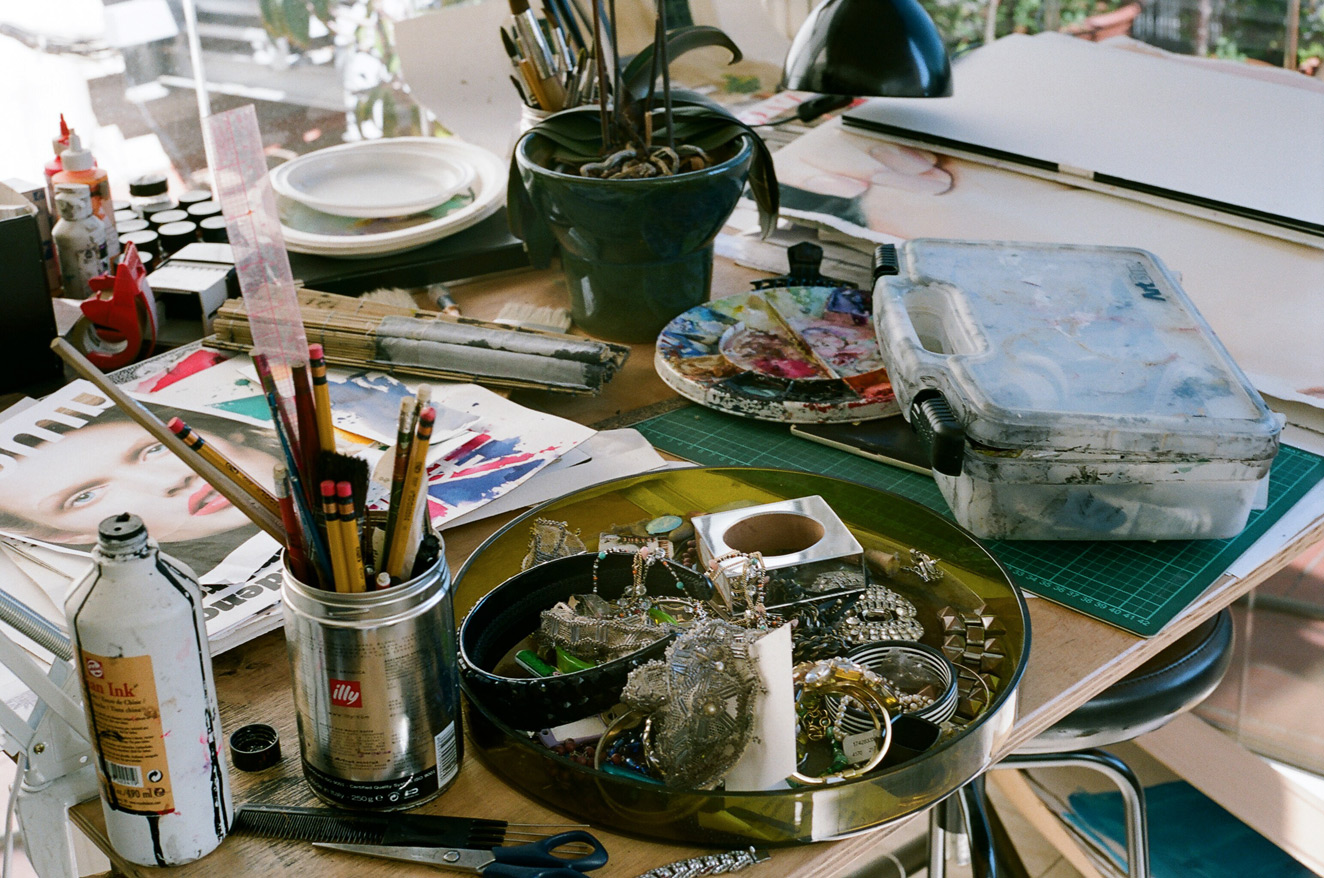
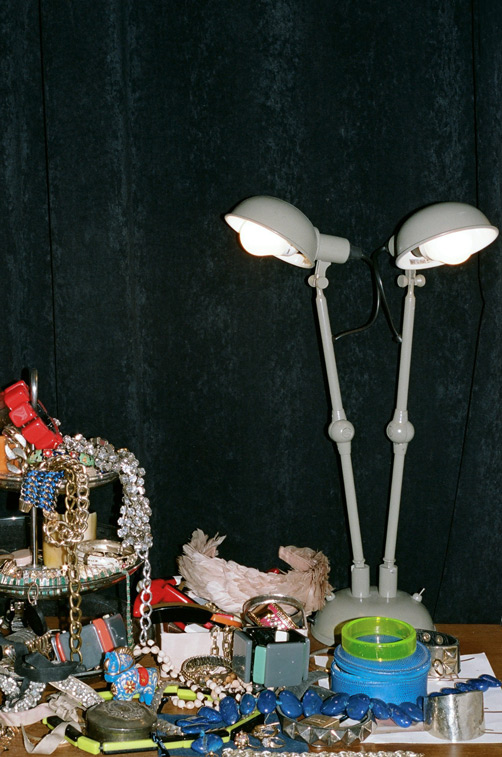
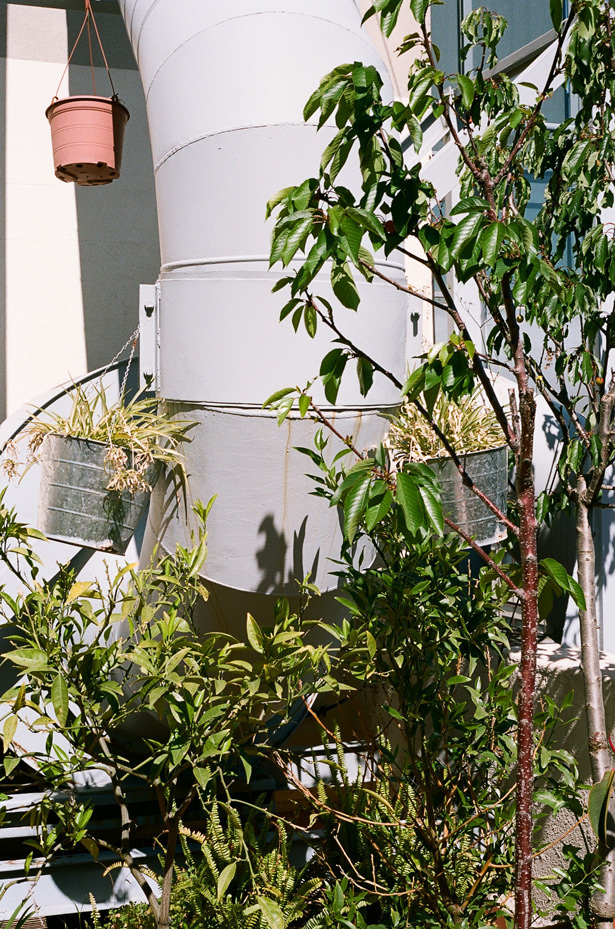
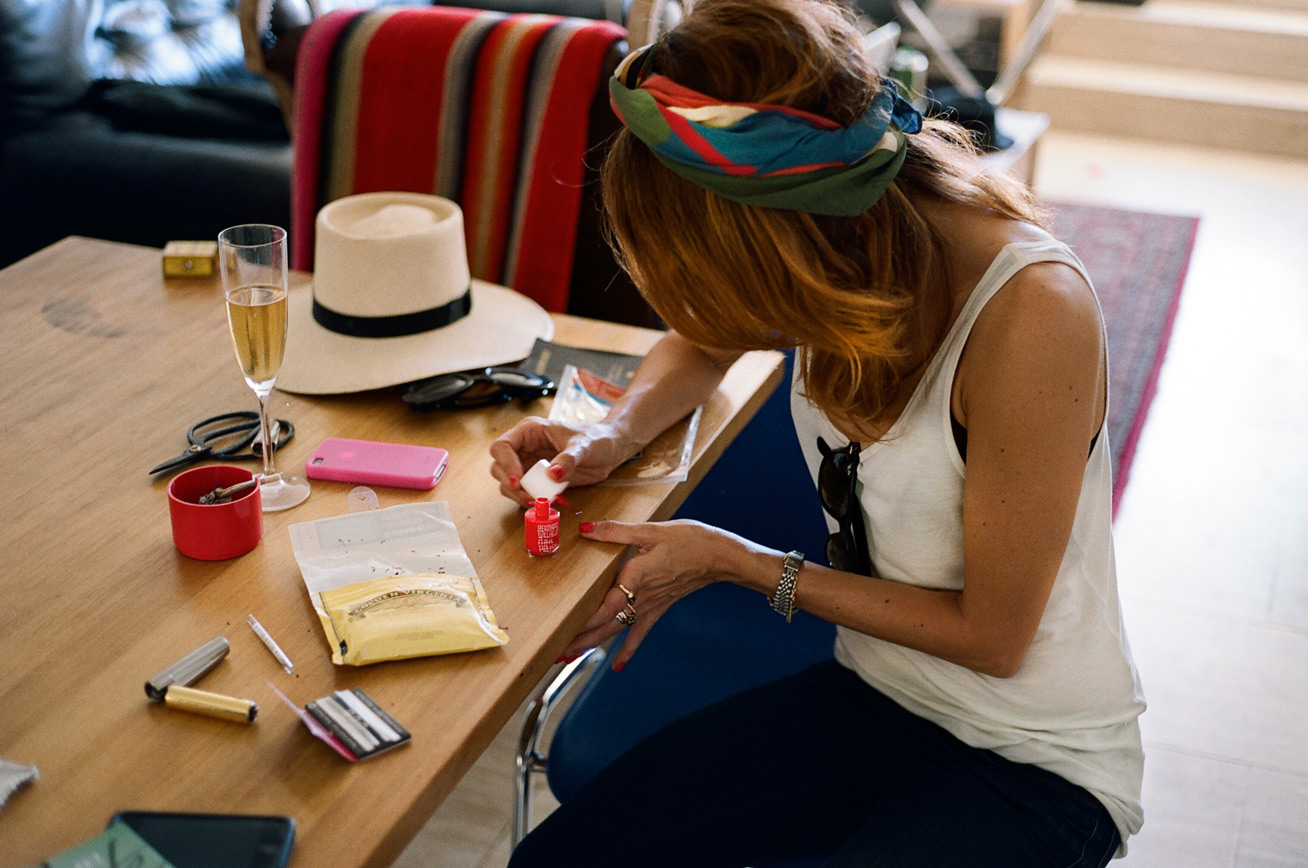
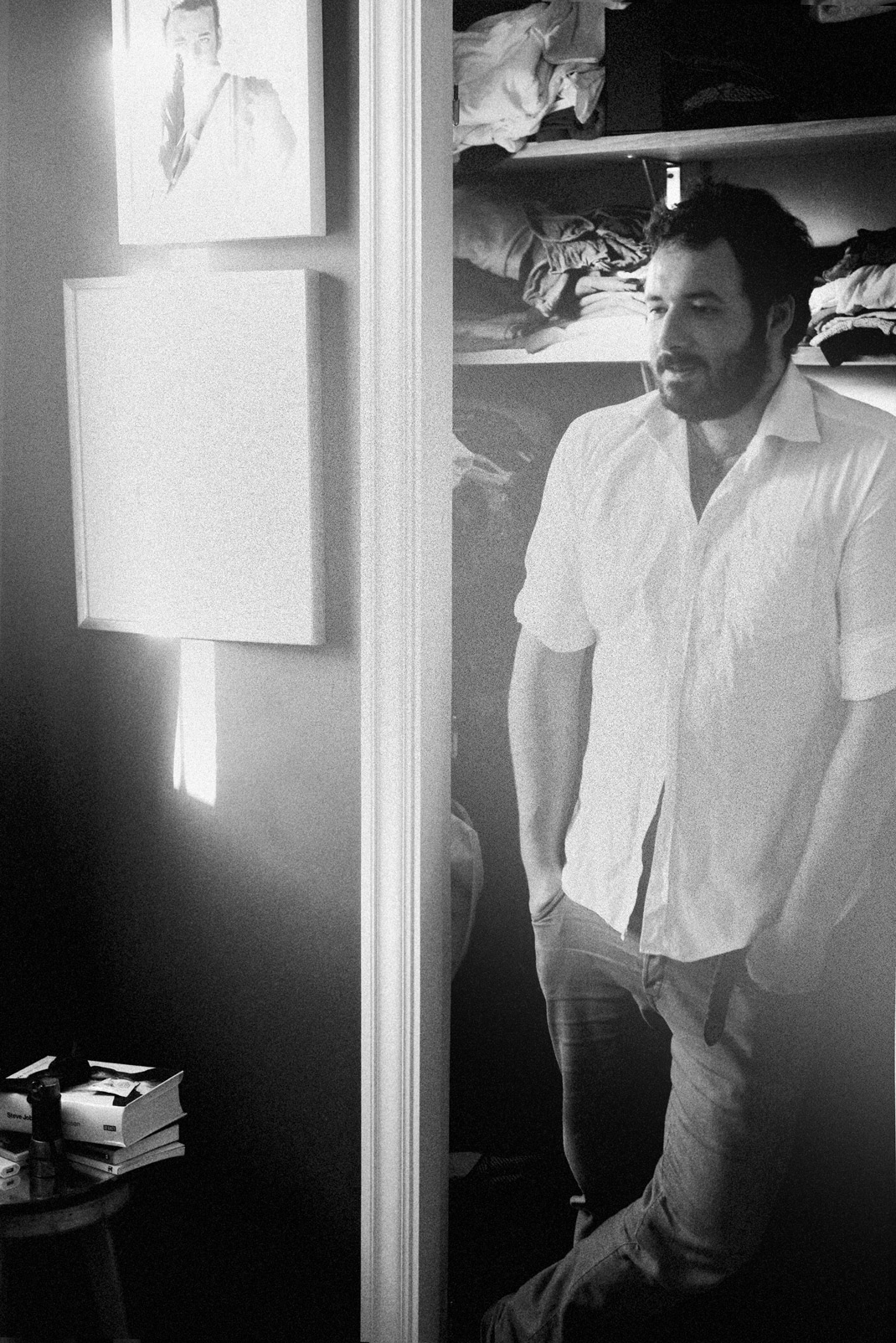
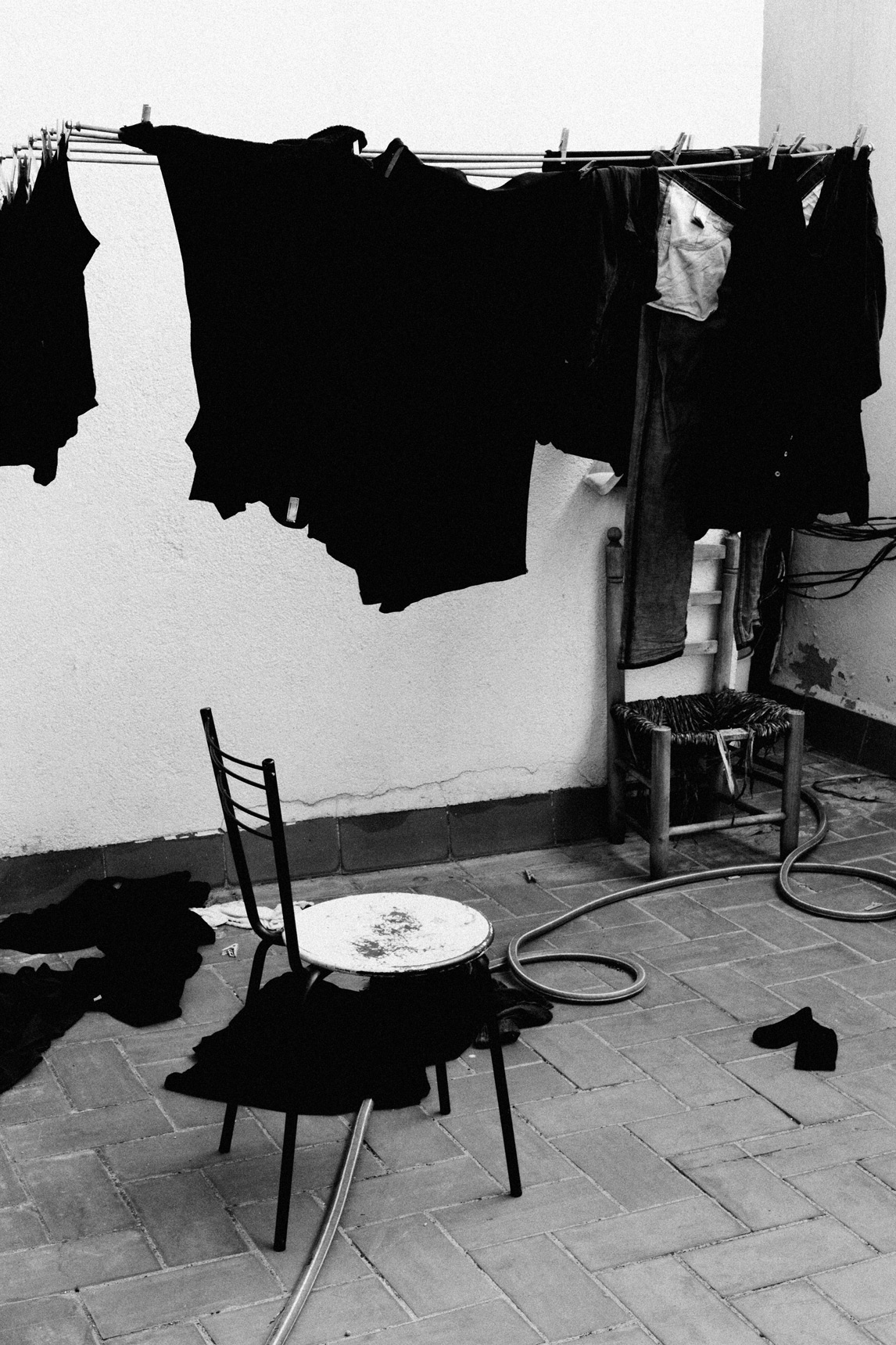
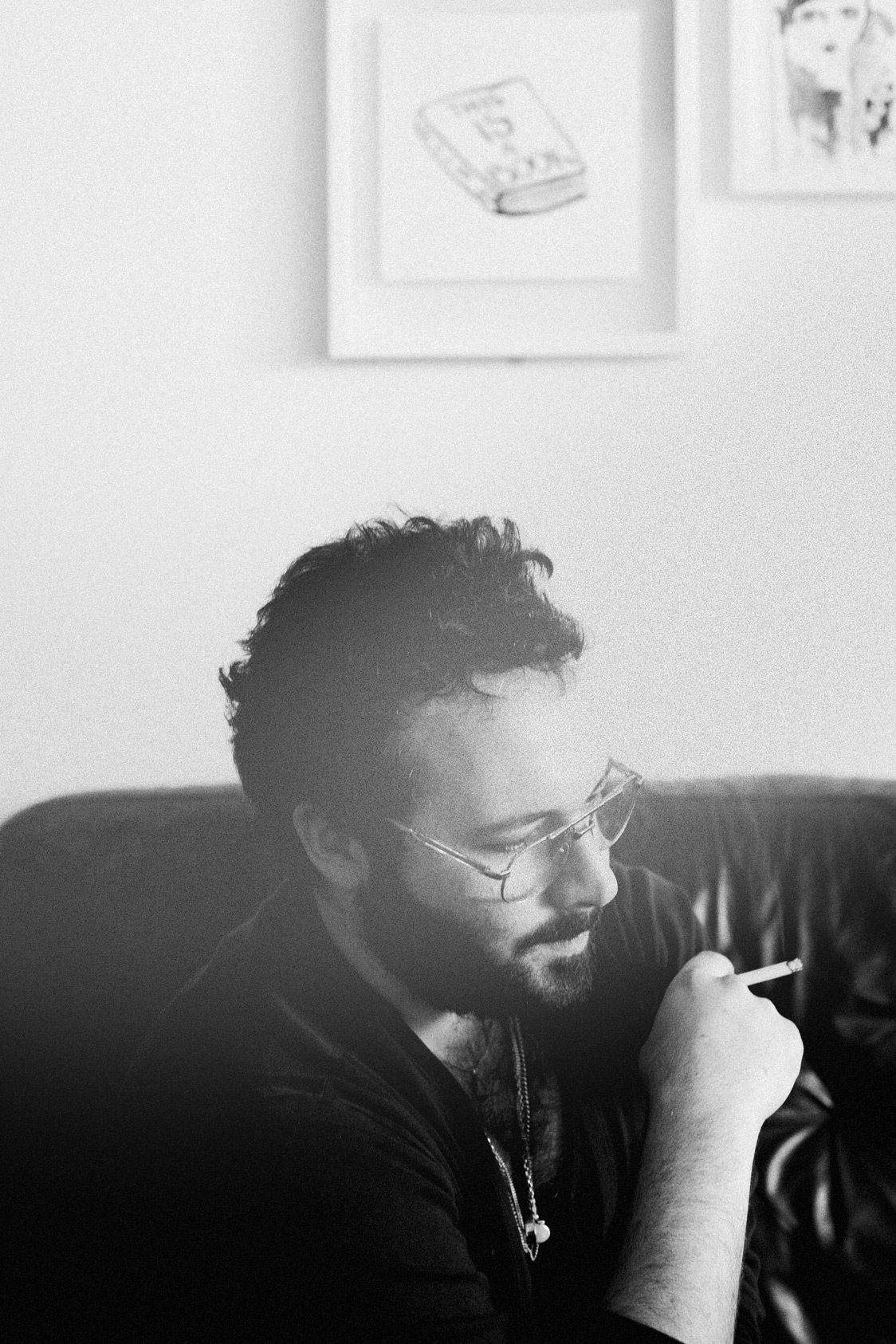
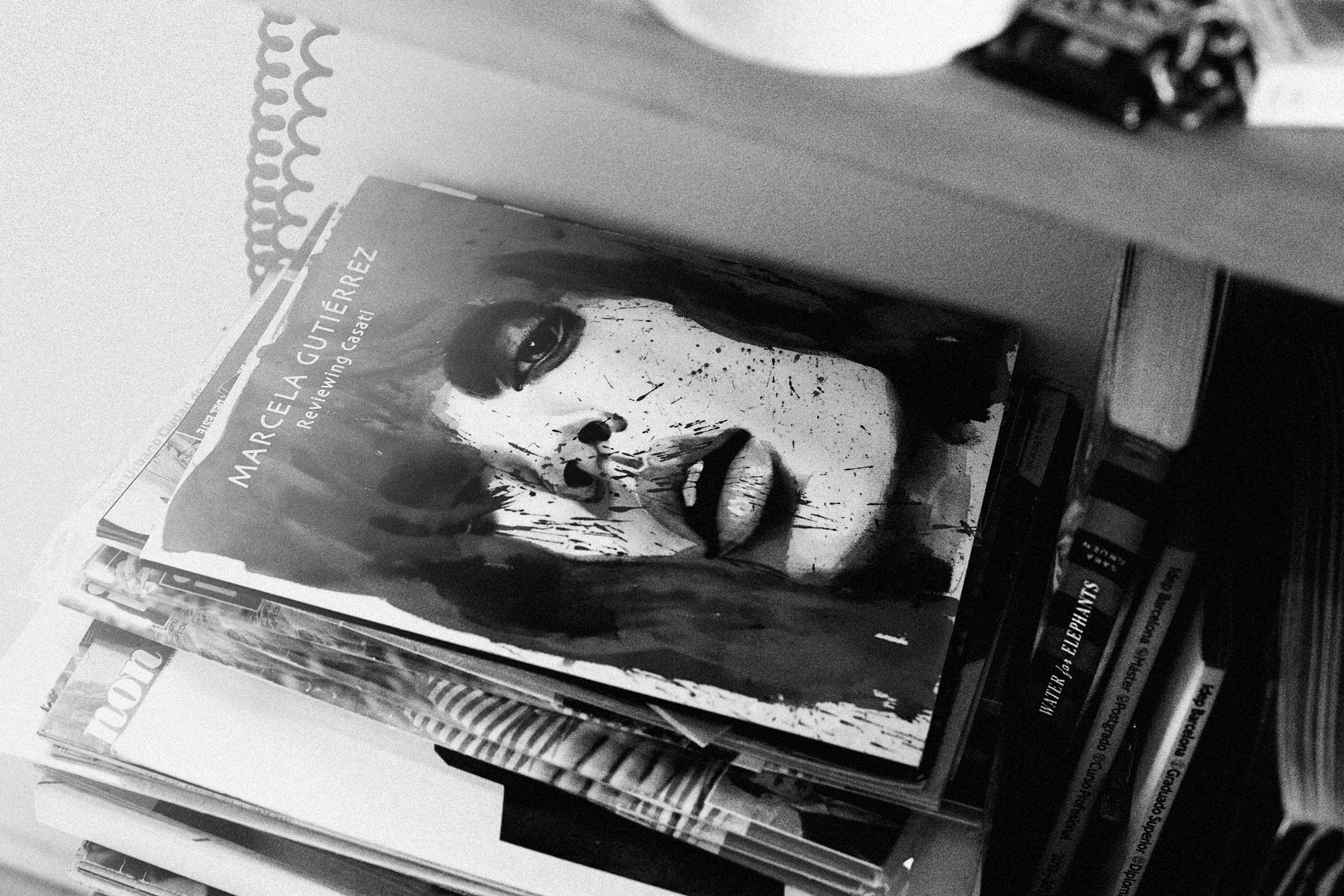
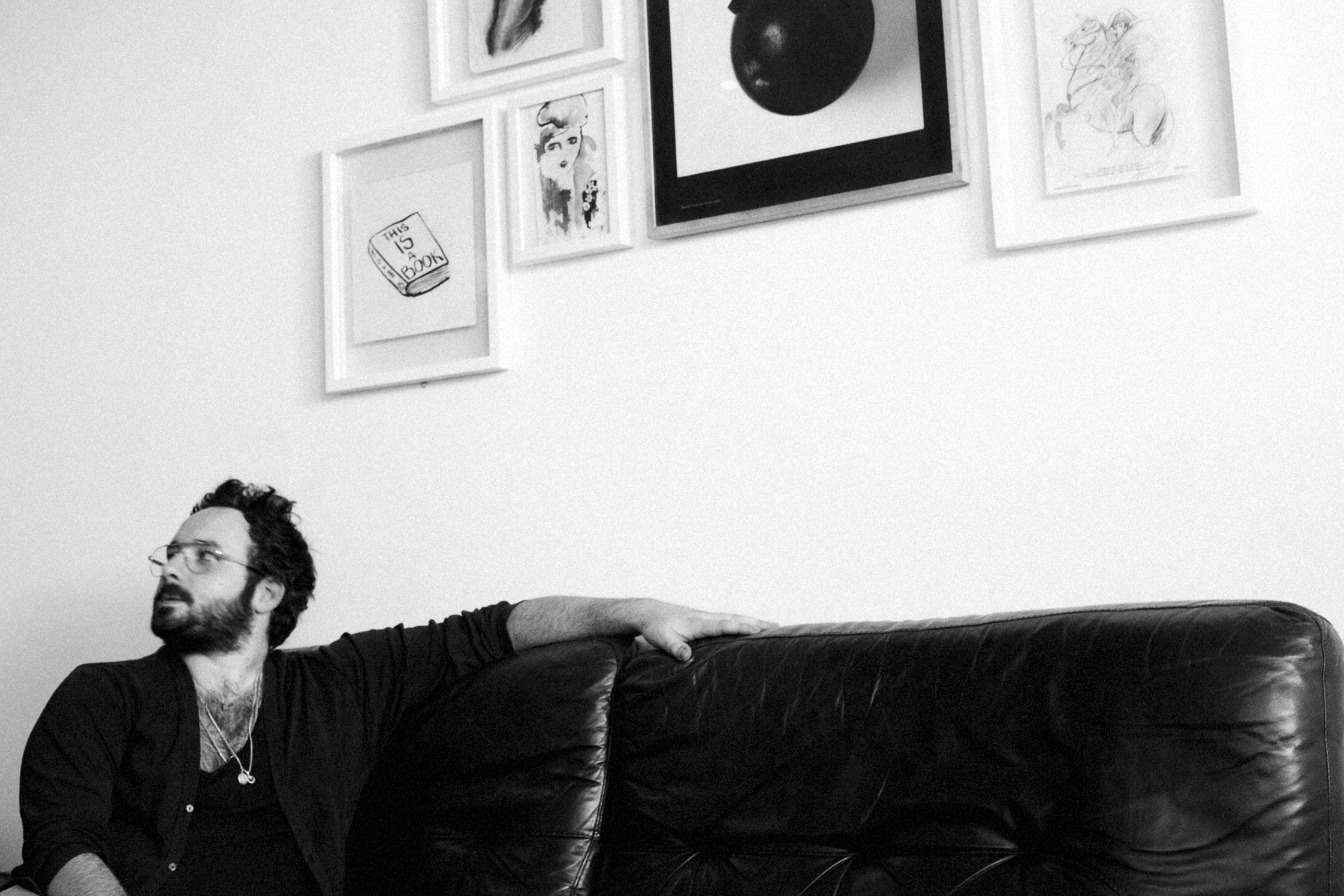
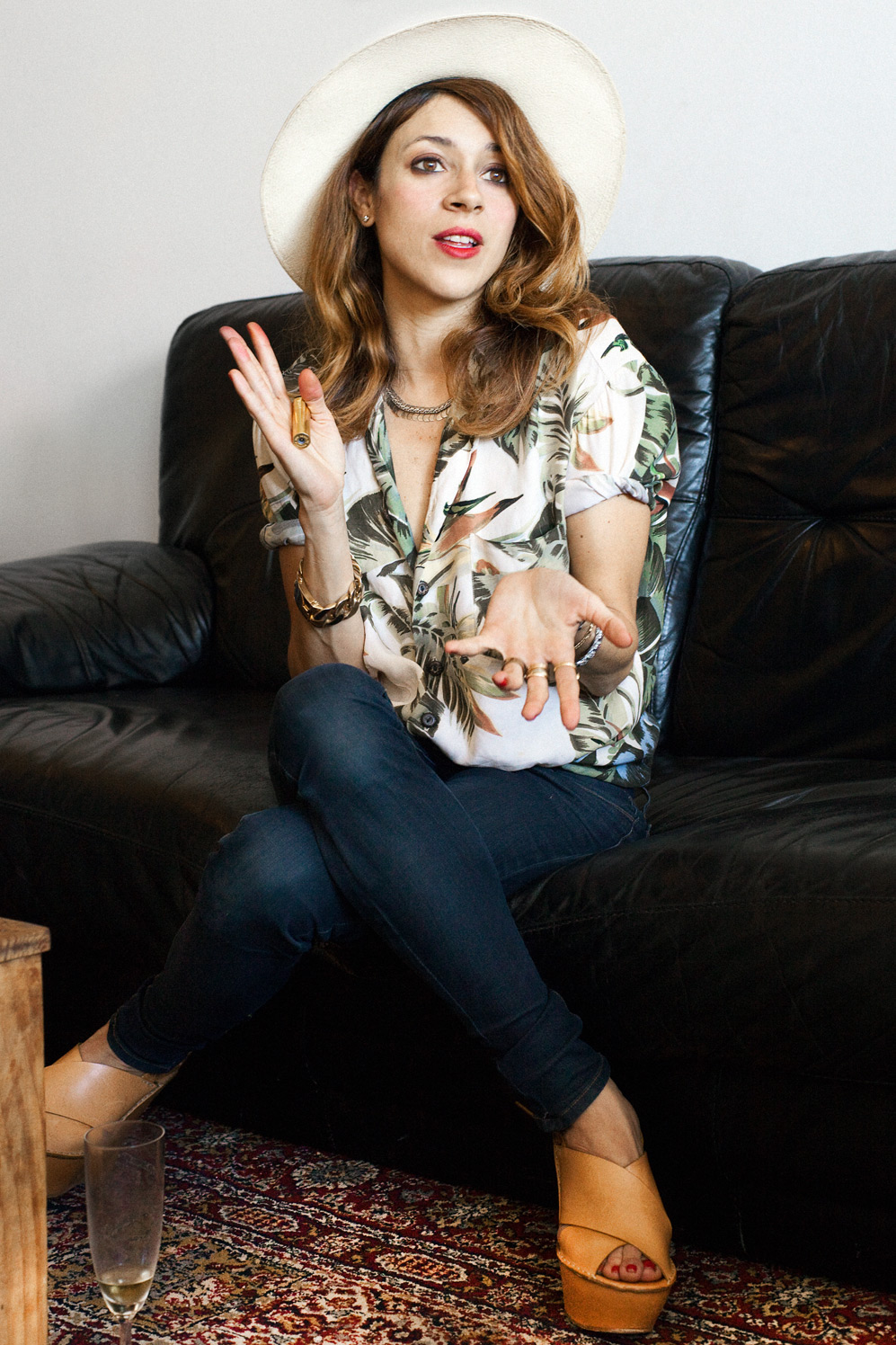
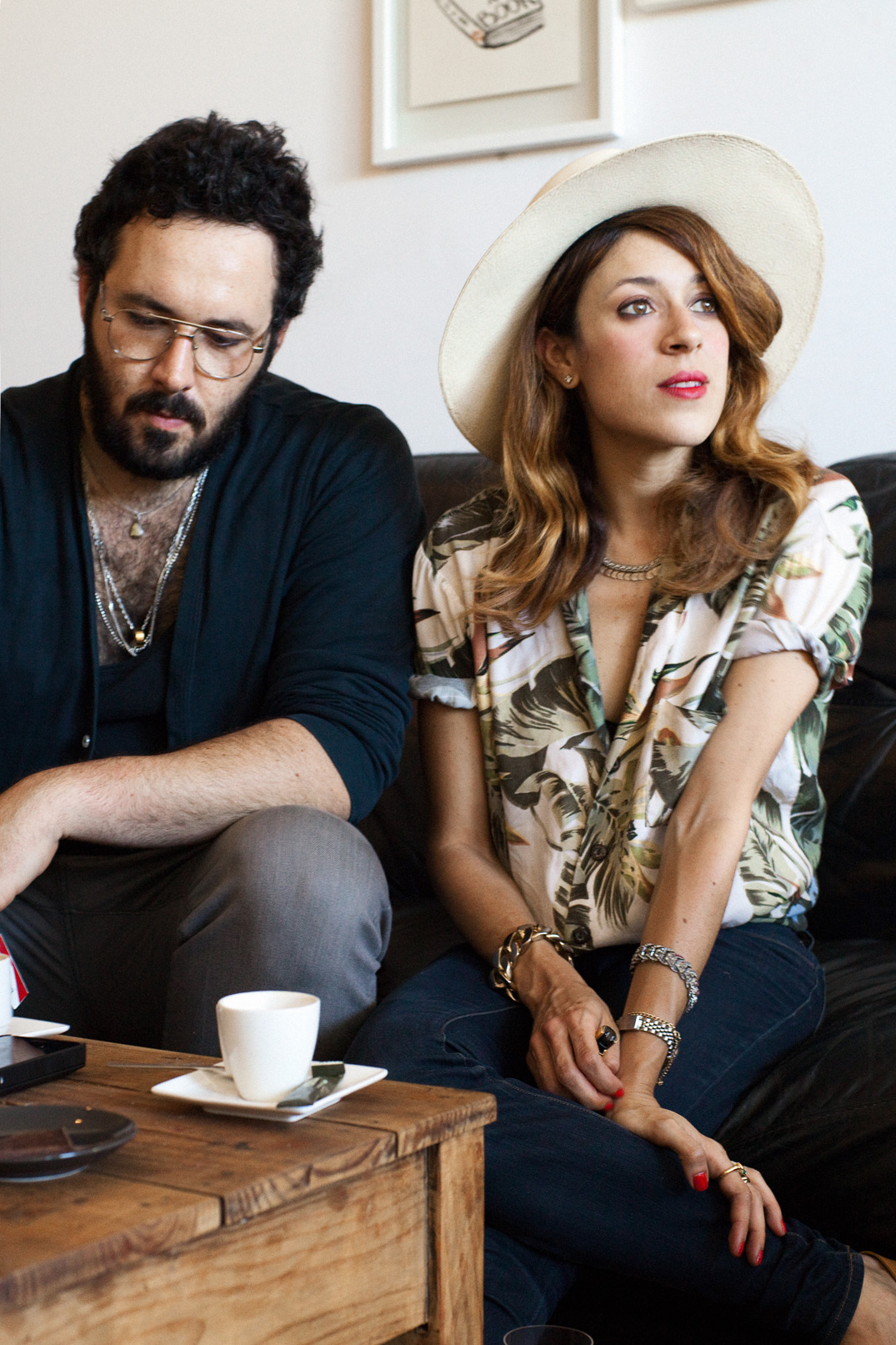
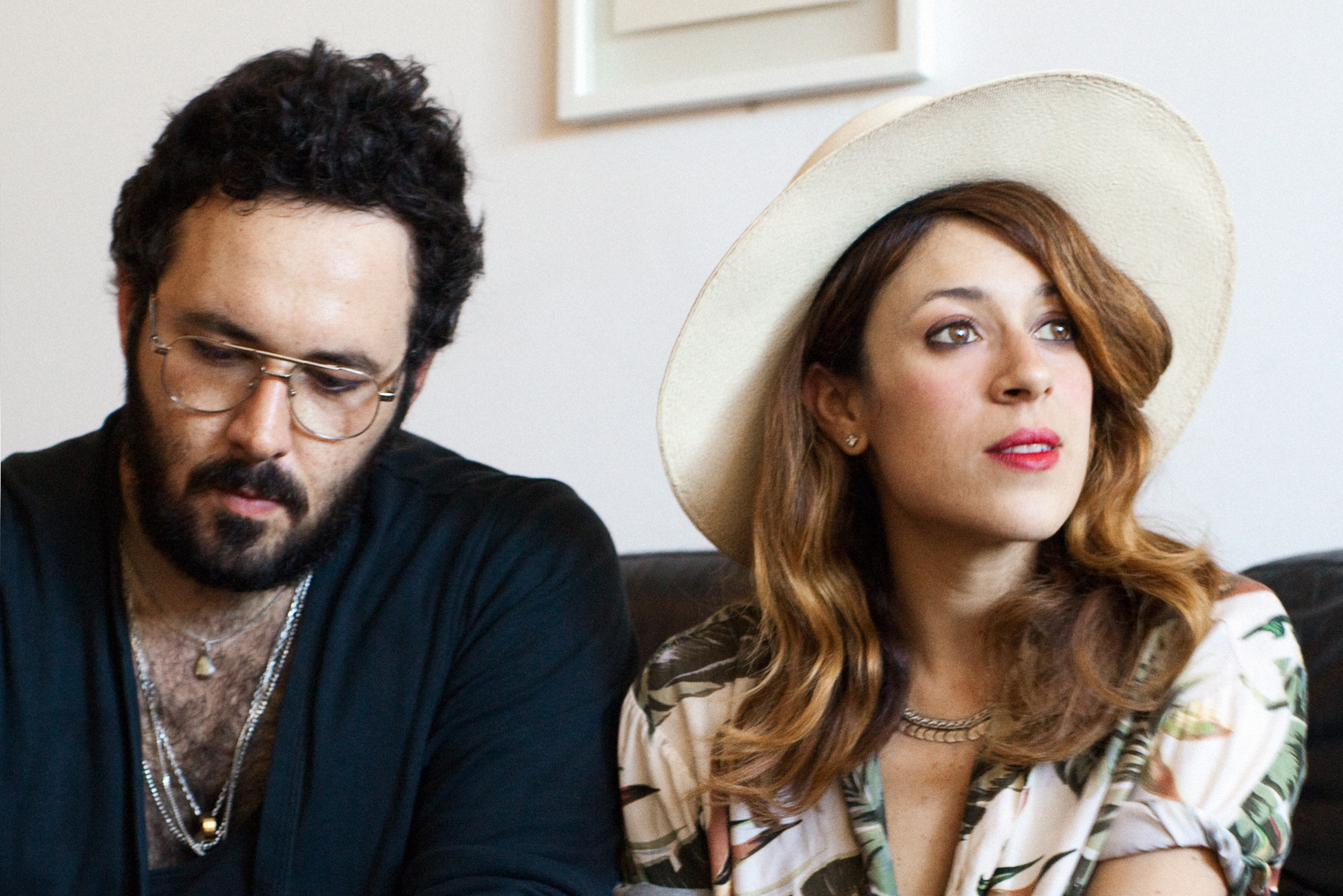
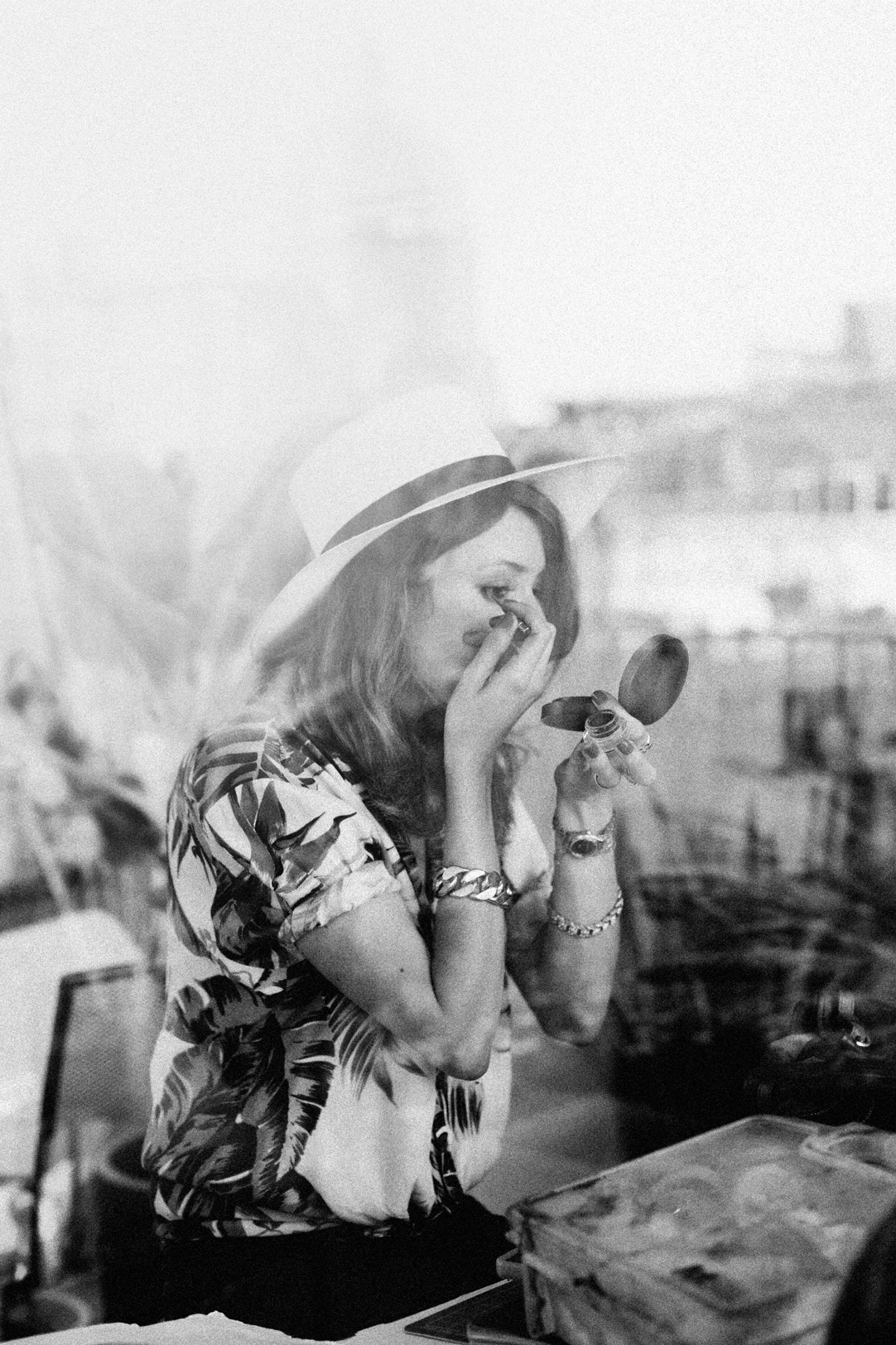
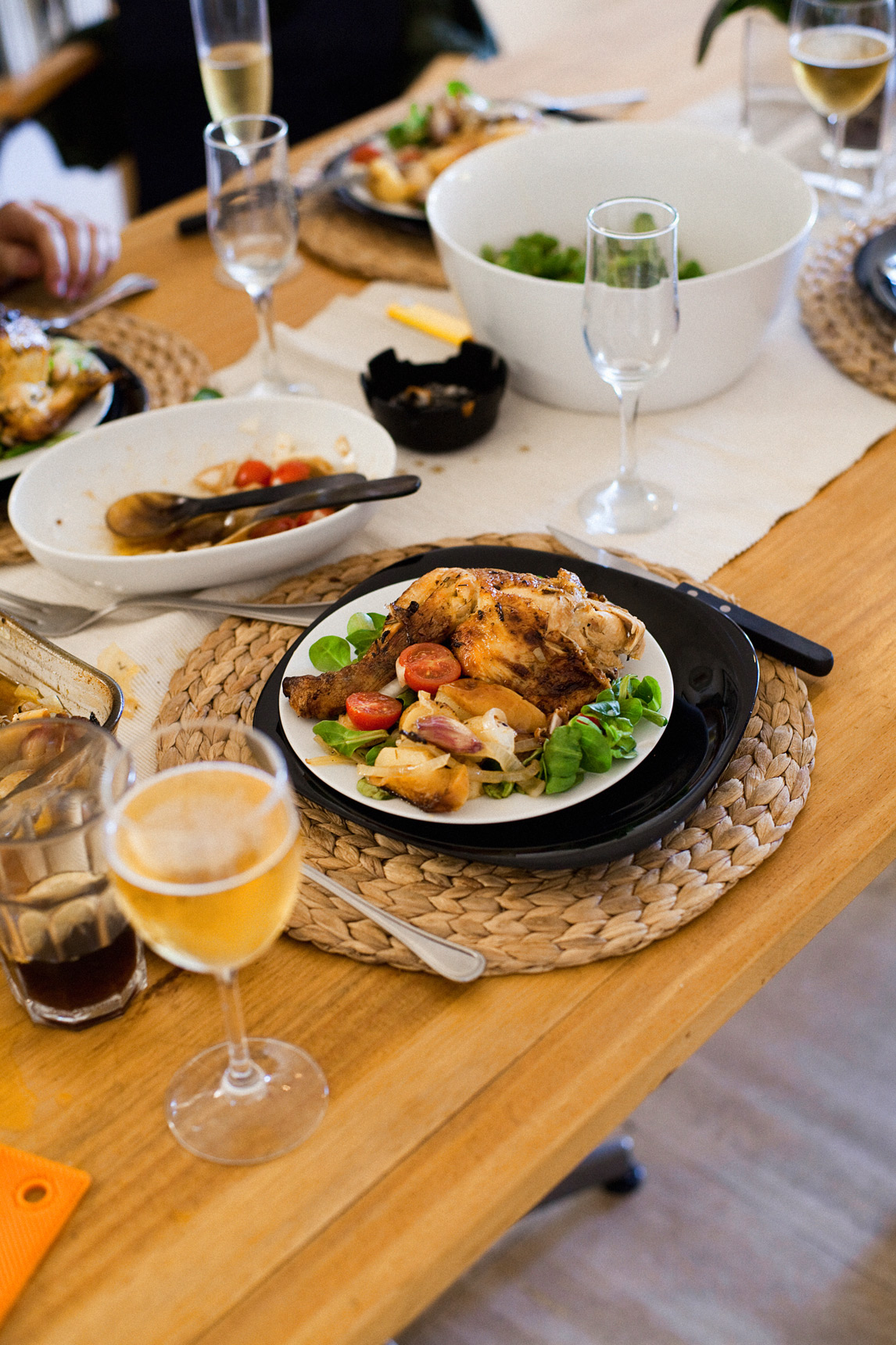

Lunch is served. Roast Poli-chicken, drowned in cumin and paprika. Salad and a thick loaf of nut bread. Beer in fine glasses that always end up perched precariously on the edge of tables.
Miquel: We used to have 64 of those. We broke over 63 in two months, I think.
For dessert, a session of Ethel Williams aqua gymnastics in the living room (without the water) is prescribed. Something commonplace in this household. After a series of impressive lifts by Poli, Marcela lights her tenth slim cigarette, folds onto the floor, retouches her makeup again, and answers my first question.
Marcela: I got my first job at Alexander McQueen in 2004 by being a pain. My application kit consisted of a poster-sized copy of my CV, a special drawing and a hand-written description of my qualifications. I sent them by mail, email, post and in hand. I thought they couldn’t not take notice of that. But they did, about 60 times. Finally, I got called into an interview and I was so nervous that I started babbling and I suppose I didn’t seem nervous at all. On my first day of work, they found out I could draw and then plopped me down at a little table that I barely left for the next 7 months. All I did was draw. Pieces that turned into t-shirts, embroidery, show pieces from that hand-painted collection… My portfolio was turning into pure illustration, so to keep focused on my intention of becoming a designer, and because the natural destination after studying [Central] Saint Martins was Paris, I finally worked up the courage to get that plane ticket. After stints at Galliano and Marc Jacobs, I felt I was ready. But the day I was supposed to leave, I got the news. My father was dead. Everything changed.
Marcela’s red fingernails relight her cigarette. It’s gone out.
Marcela: Everything changed. I needed to make ends meet and Paris was no longer an option, so I took the only job offer still standing after my 3 months at home, designing very commercial ready to wear textiles in Barcelona. It was not challenging creatively but it was all I had, until the company restructured and I was let go. When I found myself unemployed, I would brief myself in doing illustrations as if they were for magazines and give them to my friends on their birthdays. The point was to produce. And that’s how I started getting work. Through giving, I met more friends, people like Yolanda Muelas and Shala Monroque who believed in me right from the start and gave me a shot.
And then Marcela met Poli. They were quite happy to be living together in kissy-kissy love while he built his studio and designed for Metal Magazine and Fanzine 137. Marcela cooked with avocado and agave syrup and worked at home in high heels and pyjamas. A few months into their idyllic nesting phase, they were both invited to the Philippines to give a conference. They almost didn’t get there.
Marcela: My visa had expired. In a very nice way, they essentially told me at the airport that I was going to be deported to the States! As I was explaining to the officials about my conference, they asked me if I had anything to prove I was really an artist. So I showed them my portfolio.
Miquel: The immigration guards were like, “Oh, that one is good. Hmmm…yes, and that one is nice too.”
Marcela: Thankfully they liked me and my book enough to let us on the flight. But I wasn’t able to come back to Europe right away. The only solution was to go back home until I could get my visa renewed.
The unexpected American detour didn’t particularly have good timing, but Marcela seemed to have become an expert at turning life’s lemons into gold-leaf-flecked lemonade. Among many other adventures in those 4 months, including an exhibit at Os Gallery in L.A., a remix cover for Beyoncé and a surprise commission from Prada, the inseparables managed to get engaged while hailing a yellow cab to the airport.
Marcela: I remember when I got to NYC, I dropped by the Prada store, looked at their wallpaper installations and thought how wonderful it would be get called to do that, someday far away. I never thought that 3 months later I’d be on those walls, just like Damien Hirst. I was so not worthy.
Miquel: That same day, after visiting the store on Broadway, we met Enrique Hernandez from 2×4, the graphic design studio that art directs the Prada wallpapers.
Marcela: All these really credible people were placing their faith in me, so I knew it was time to push myself further. Back then, I’d never painted large-scale watercolors, nor did I know of anyone who had. Resolving a watercolor like a painter, in size and style, instead of an illustrator was a huge challenge, something that required more time than the project deadlines gave me. It wasn’t just that the size of the pieces that forced me to learn how to use the paints differently. There was just no time to get confused or repeat. If I made a mistake, I had no choice but to turn it into a part of the piece. But if you want to get better, you have to do whatever seems most difficult, even impossible.
After clearing the last hurdle, the next challenge is to create my own discourse outside of fashion commissions. The inspiration for my Peru exhibition came from the Marchesa Casati, this controversial and eccentric woman from the beginning of the 20th century, the Lady Gaga of her time. She used to commission portraits of herself with leopards, naked, flanked by African sentinels covered head to toe in black paint. She used velvet on her eyes to create the blackest of black eyeshadows. Every day of the Marchesa’s life was a huge performance. So I’ve “casatified” iconic females of our time and created my own supermuse. This is the sort of larger than life woman I’d like to portray now.
At that point, I notice Poli has come back into the room. And there’s something different. Did he just change his shirt?
Miquel: Yes, and I’ve made coffee that we should take on the terrace. I want to show you the cherry tree that finally has cherries.
It’s not easy to notice that Poli has changed his shirt as he wears all black, all the time. As we step out into the sunlight on the verandah, amongst the happy plants, I can’t help but notice the clothesline in a corner. Every single item of laundry hanging on it is black. Poli’s penchant for pristine black is evident in the collection of books and magazines he’s produced and collected over the years. Some of them are on the table, in a neat stack of black and white, like a piano. The first thing he pulls out is an old Playboy from the 70s.
Miquel: I’m such a fan of Playboy, the biggest ode to masculinity in print. It was the first integral, coherently masculine style exercise, as far as I can remember. I bought this issue in London, for the covergirl. She was first black woman to be a Playboy centerfold.
Marcela: Are you showing off your antique chichis again?
Is this our cue to leaf through some of the other books? Just in case, I pick up one from Poli’s publishing outfit, Triangulo Books.
Miquel: Triangulo is my approach to the configuration of roles that come into play when making a book. At the core of its philosophy is the correlational dynamic between author, content and editor.
Pyramids have long been hailed for their cosmic powers, after all.
Miquel: The first thing you should see when you open any art book is the content, not the layout. Editorial design is best when it is invisible, even though it may be integral to your comprehension of the work and the artist.
For the first book we published, Isabella Blow by Stefan Brüggeman, my work as a designer was clear: to assimilate the content well enough to display both the author and his subject to their best advantage. When I saw Stefan’s photographs for the first time all jumbled up on his iPhone, even then, their narrative implications were striking. The photographs were taken at Isabella’s Eaton Square apartment, after dinner, just 2 months before she passed away, while she and Stefan were talking about one his future projects. At one point, she began trying on the first collection she purchased from McQueen when he was a student at Saint Martins. Isabella gave him the money for that collection in 2 parts, to be paid when he completed his second and third collections. That way, McQueen was able to stay financed and keep generating work. The story of Isabella Blow is the story of a visionary woman who possessed a completely intuitive and natural vocation for the patronage of artistry in all its forms.
And with this book, Triangulo was born.
Miquel: Very much so. Before opening a publishing house, I was dogged by the need to come out with a book under my own terms. And until the idea for that book appeared, there was no Triangulo. First came the vocation to publish, and then came the need to sign the piece as my own.
Triangulo is, in effect, the extension of all the editorial projects that come from my design studio, as a result of the team that is built bespoke for each book. Isabella Blow was published with Enrique Giner de los Ríos and Omar Sosa [of Apartamento Magazine]. The next book, Tennet, was published in collaboration with h20 Gallery in Barcelona.
Yes I know that one. It’s my book.
Miquel: How do we do this for the interview, since you’re writing it? I think it should come out, it’s only natural that I would want to talk about it, as you and your work are one of the sides of that changing triangle I keep talking about.
What did you most like about designing that book? I never asked you actually.
Miquel: I like the experimental intention of changing the traditional book format. I liked imagining how that book would be consumed. Since the text was only published on the left-hand side, I had to re-examine my relationship with the linearity of text. The cover idea, for example, came about through pure deduction. Printing the cover as a mirror image was the only possible solution that would have been faithful to the author’s concept of leaving the right-hand pages blank. The only other alternative would have been to leave the cover, a right page, blank. I’m glad I came up with something that was honest and true to the artist’s intentions. That’s always the most important thing.
You seem to be intent, on all your current projects, on experimenting with the book as object, as the message and not the medium. Like the wine label that is actually a book.
Miquel: Let’s not forget that editorial projects are not just books. There’s a multitude of formats–catalogues, magazines, digital media–and the way that I relate to each one is special and different. Exploring the usability of every format is always the starting point for my work. I like to analyze how the reader is going to experience the content in every channel first, and then design accordingly. And the more I publish, the more I believe in multi-channel publishing. If you are launching printed books into the market of today, you are necessarily an adventurer. Publishing is an act of expression.
Or rebellion. Would you say it’s the act of a romantic?
Miquel: It’s more like being an actor of counter-culture as opposed to a member of established culture. If you publish a book nowadays you have to justify very well the trees you’ve cut down and the price you’re charging for it. It’s got to be really worth it and have something to contribute.
Speaking of trees, where’s the cherry tree you wanted to show me?
Miquel: It’s not a cherry tree, it’s two cherry trees. They have a story too. Do you know what an agaporni is?
Something that would be in a Playboy magazine?
Miquel: No. That’s another type of bird, also very interesting but unrelated to the story I’m going to tell you.
I had lots of animals as a child. Snakes, lizards, piranhas, dogs of course. And agapornis, in plural, because you can never have just the one agaporni bird. They always come in pairs, one male and one female. They pick each other, you can not do that for them. You cannot put them together or ever pull them apart. Some people call them the Inseparables. What I didn’t know was that cherry trees are the same. I bought the first one when I moved into this place, and it didn’t bloom until my father brought me another tree to keep it company.
He is smiling, and I know why he is smiling. I know why he is telling me this story. So many changes in so little time. House, studio, Triangulo, employees, married life. They sort of came all together too. Any vertigo?
Miquel: You know, I actually get vertigo when I’m in high places. I would describe it as a fear that comes only when you’re somewhere you don’t want to be. Right now, I am exactly where I want to be. I climbed all those steps because I wanted to get here. Now I’m just enjoying the view.
As if on theatrical cue, Marcela walks out onto the terrace to tell us that she’s going to do some vacuuming which might interfere with the recording. She was not wearing that hat a minute ago, and that’s a fresh coat of lipstick.
If you want to take a look at the work of this creative couple, check out Marcela’s portfolio and Miguel’s website.
Written by Lobregat Balaguer
